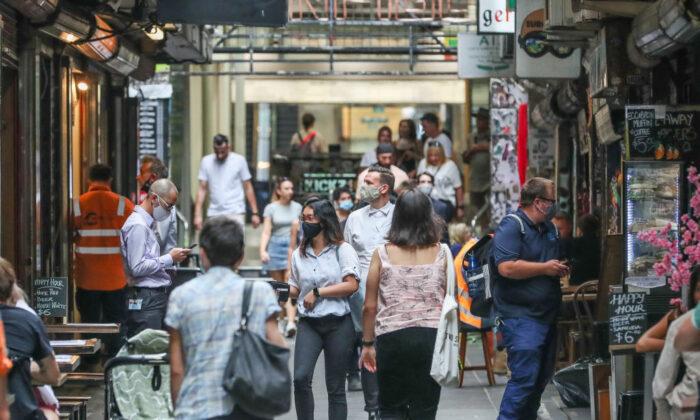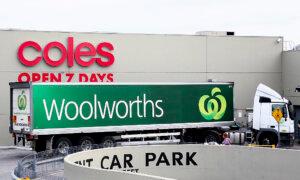The latest picture of cost-of-living pressures in Australia is a mixed one.
Overall, the CPI has risen 3.4 percent in the year to January, which the Australian Bureau of Statistics (ABS) says is the lowest annual inflation since November 2021. Economists had predicted it would increase to 3.6 percent.
The most significant contributors were expenses that most people cannot control, or avoid: housing (up 4.6 percent), food and non-alcoholic beverages (up 4.4 percent), and insurance and financial services (up by 8.2 percent).
Underlying Inflation at 4.1 Percent
CPI inflation is often impacted by items subject to volatile price changes such as automotive fuel, fruit and vegetables, and holiday travel.The ABS excludes these items from the headline CPI to provide a view of underlying inflation, which rose by 4.1 percent in the same period. Underlying inflation has been steadily declining since peaking at 7.2 percent in December 2022.
The rise in housing costs takes into account both new dwelling prices, which increased 4.8 percent over the year with builders passing through higher costs for labour and materials, and rent prices which went up 7.4 percent, reflecting a tight rental market and low vacancy rates across the country.
Annual electricity prices rose 0.8 percent during the period, but the ABS says the introduction of Energy Bill Relief Fund rebates for eligible households from July 2023 “has mostly offset electricity price rises from annual price reviews in July due to increases in wholesale prices.
Fresh Food Prices Not Inflated
The 4.4 percent increase in annual inflation for food and non-alcoholic beverages was up from 4.0 percent in December. Despite weather events, it was not fresh food driving the increase, however.| November (%) | December (%) | January (%) | |
| Food & non-alcoholic beverages | 4.6 | 4.0 | 4.4 |
| Bread & cereal products | 8.3 | 7.7 | 7.4 |
| Meat & seafoods | 0.2 | -1.9 | -2.0 |
| Dairy & related products | 6.1 | 5.2 | 5.0 |
| Fruit & vegetables | 0.7 | -2.2 | 1.6 |
| Food products not elsewhere classified | 6.6 | 6.8 | 6.9 |
| Non-alcoholic beverages | 5.4 | 7.1 | 5.7 |
| Meals out & takeaway foods | 5.7 | 5.7 | 5.7 |
The lower-than-expected overall figure is not expected to influence the Reserve Bank of Australia’s decision on interest rates, however.
It wants to be sure inflation is on track to return to within its target range of two to three percent by next year, and to about 2.5 percent by 2026. It has raised the cash rate 13 times between May 2022 and November 2023, to a 12-year high of 4.35 percent.
At its February board meeting it observed that, while goods price inflation “had declined more than expected,” services inflation “remained high and was still expected to decline only gradually.”






